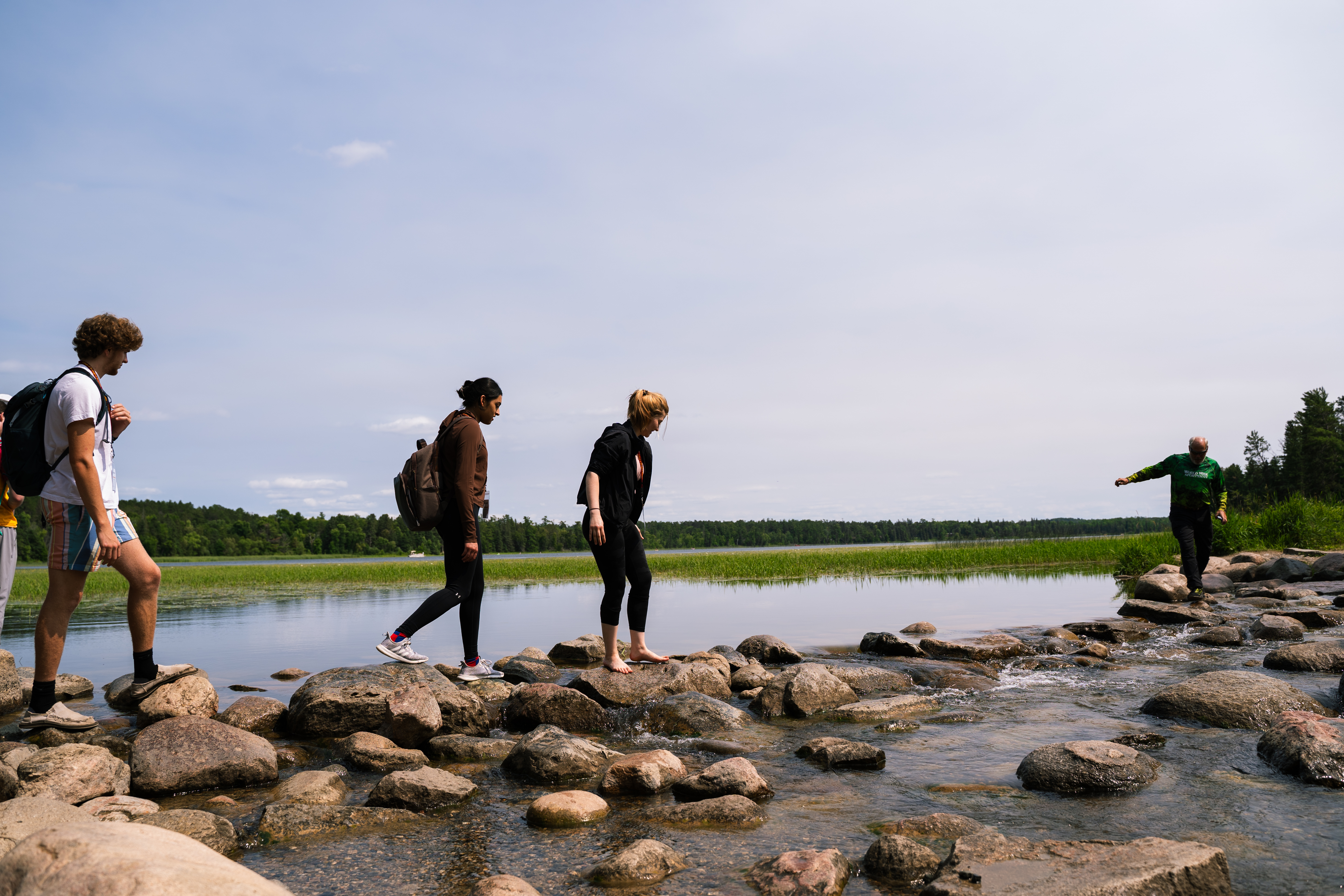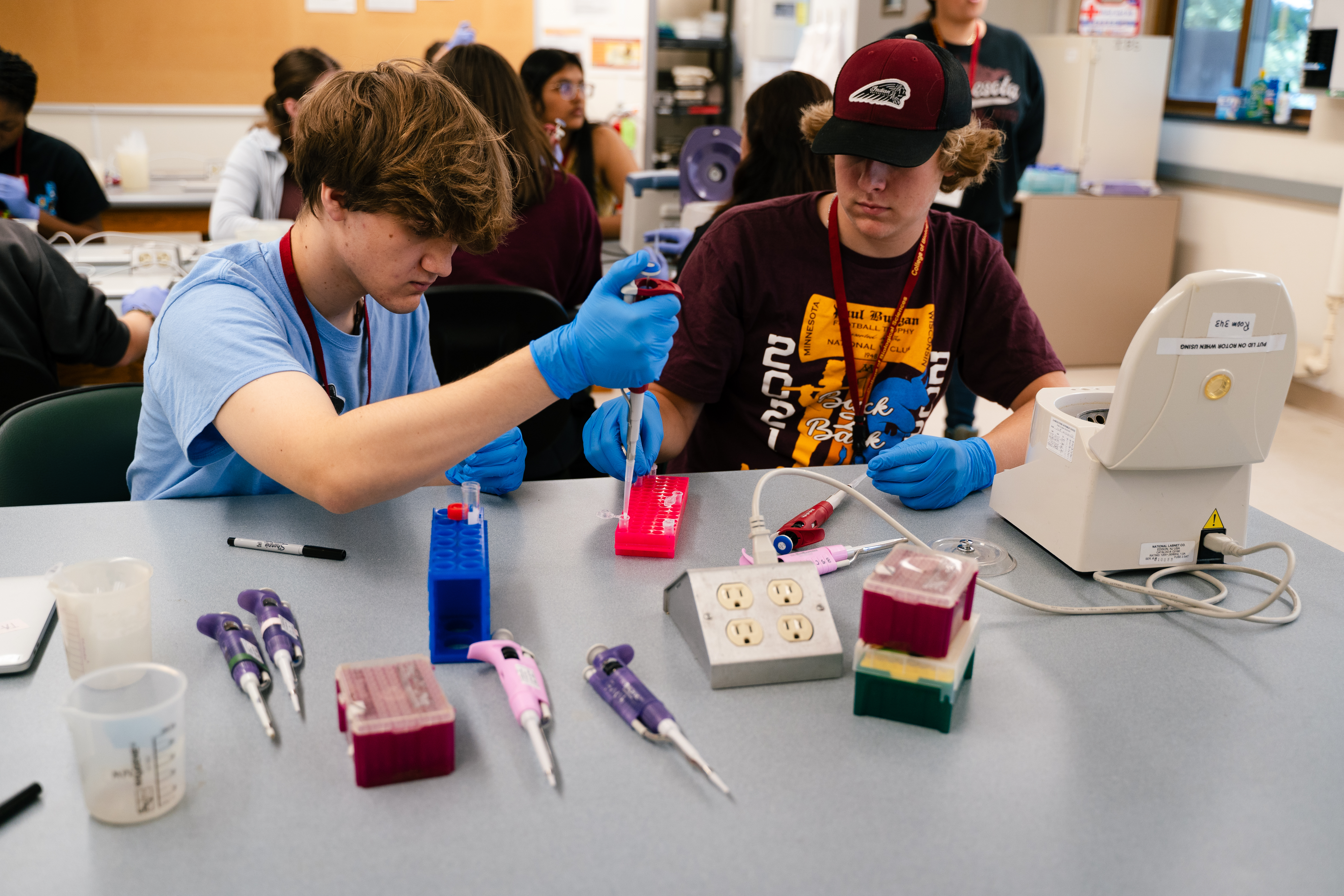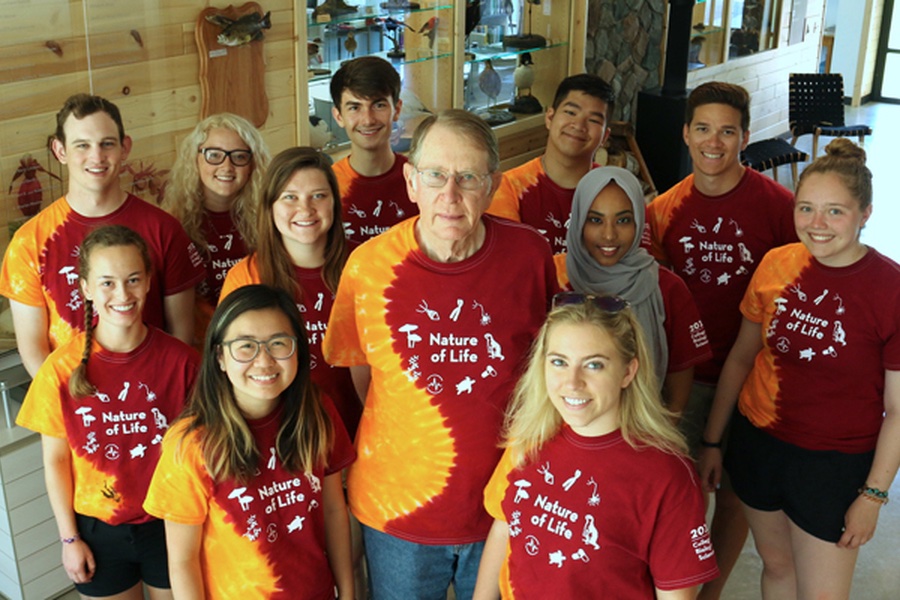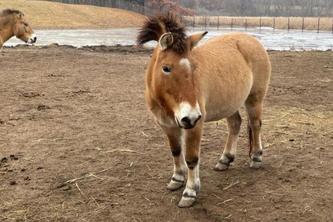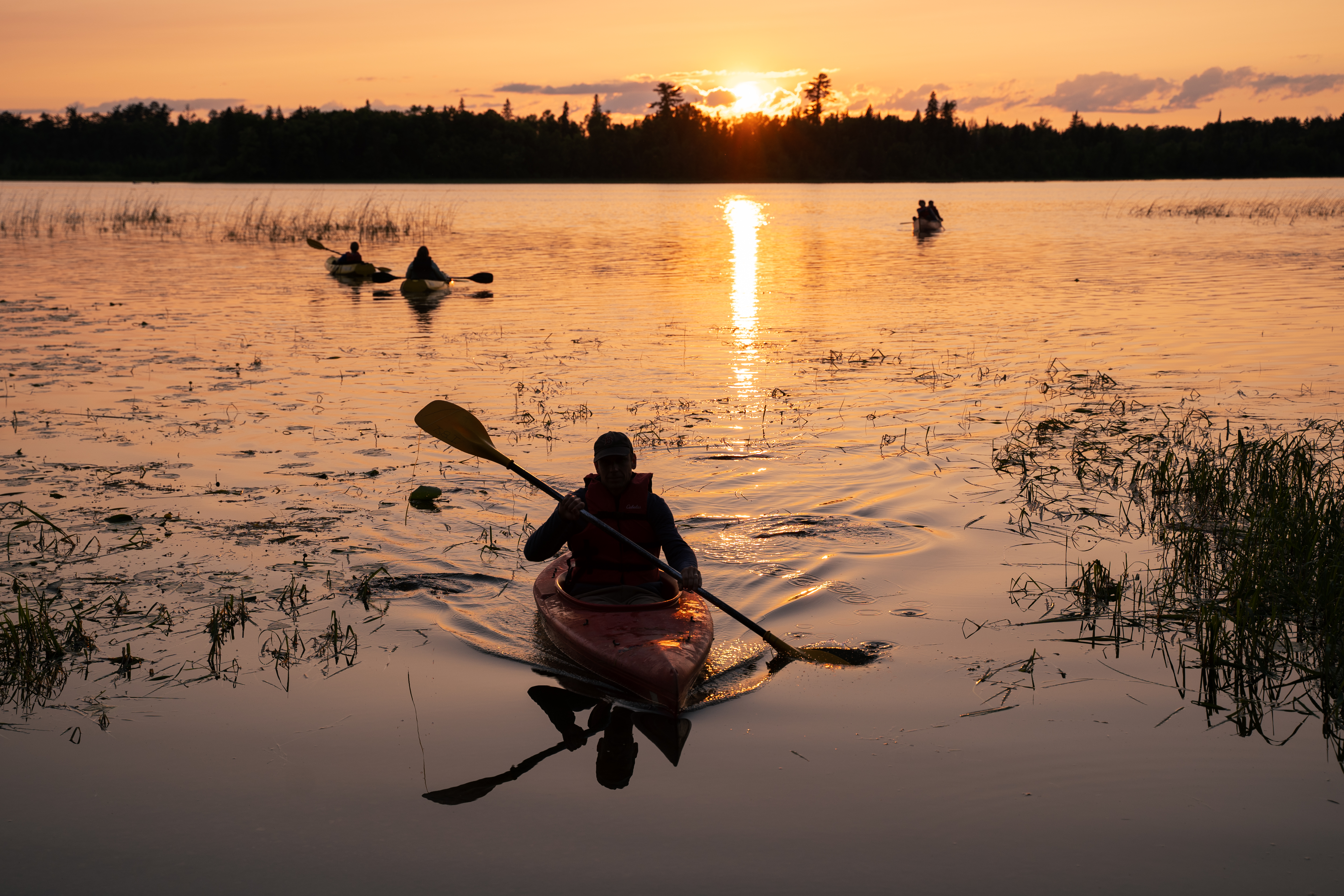
How many freshmen start college in a rustic cabin on the shore of a remote woodland lake?
In the U of M College of Biological Sciences (CBS), all of them do.
Every summer, entering biology majors meet their field of study head-on at the University of Minnesota’s Itasca Biological Station and Laboratories in the state’s Great North Woods. The station provides an ideal and idyllic setting for Nature of Life (NOL), a one-of-a-kind introductory course program celebrating its 20th anniversary this year (2023).
NOL encompasses the first two years of the CBS experience. Besides timely support, it gives students further along in their academic journey a chance to develop their leadership skills as peer mentors and leaders of smaller cohorts of CBS student “guilds.”
“The goal was really to bring the faculty together, bring the students together, develop camaraderie, esprit de corps, a purpose,” says former CBS dean Robert Elde, who, along with a handful of faculty and staff, worked to bring the program to fruition.
Last year NOL held seven sessions for nearly 650 students and added an eighth guild to accommodate a record number of incoming students.
From lake (and forest) to lab
The life the students study is all around them—in the woods, the open waters of Lake Itasca, and the marshes. It ranges from the stunningly diverse microcosm of algae and animals in a single drop of lake water to forest trees, hummingbirds, fish, frogs, and mammals.
Topics include genetics (gene mapping, counseling, and modeling), ecology (wildlife tracking, insect behavior, bog ecosystems), and essentials of the scientific method like hypothesis formation, experimental design, and critical thinking.
“Students get to learn some cool biology content in a fantastic setting,” says CBS professor Deena Wassenberg. “They get to meet faculty as their professors in their modules, but also as full humans who might struggle to make a s’more without burning the marshmallow, miss a serve in a volleyball game, or tell a funny story around a campfire.”
NOL also pairs each student with a practicing biologist—ranking anywhere from a graduate student to a full professor—with whom they work for a semester in the college’s Biology Saves the World project. Through it the students learn how and why biologists do what they do and develop a sense of where their own niche lies.
Back on the sprawling Twin Cities campus, they face little chance of getting lost in the shuffle. Not only will they belong to guilds‚which meet each week for their first year, but they’ll always be able to recognize fellow CBS students by their maroon and gold tie-dyed shirts.
Explore Nature of Life courses and advanced courses at Itasca.
